Glulam research
Think Wood Research Library
Learn MoreThe fabrication, uses, performance and sustainability of glulam.
Surrey Memorial Hospital Critical Care Tower | Photo credit: Ed White Photographics, courtesy of CEI Architecture and Parkin Architects
Glulam is composed of wood laminations (or lams) bonded together with durable, moisture-resistant adhesives. The grain of all laminations runs parallel with the length of the wood member.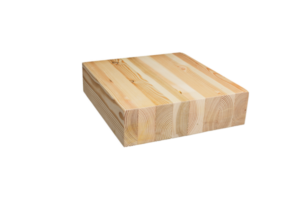
Glulam is made from a wide variety of species like Douglas-fir, spruce-pine-fir (SPF) and western hemlock. Beams and columns of virtually any size and shape are fabricated by laminating three or more kiln-dried, stress-tested, and finger-jointed lumber together to form continuous laminations.
These laminations are pressed together using a mechanized, hydraulic press, bonded with weather-resistant adhesives. Pressure treatment is used for exterior applications. Glulam can be customized as straight, curved, arched and tapered members.
Photo credit: Swanky Photography

As one of the oldest and widely used mass timber products, glulam use is broad and includes virtually all building types. Beyond buildings, it serves as the primary material for major load-bearing structures such as bridges, canopies and pavilions. It can be used as columns, straight or curved beams and affixed side-by-side to form panels. It is particularly well suited to long-spanning structures, custom curvilinear shapes and combines well with hybrid assemblies and building systems.
Kingsway Pedestrian Bridge | Photo credit: Gord Wylie

Glulam is the primary structure for a growing number of bridges and elevated pedestrian walkways in B.C. from a pedestrian walkway stretching 44 metres across one of the City of Burnaby’s main thoroughfares to an undulating pedestrian bridge in Princeton, a small town in the Similkameen region of southern B.C..
Kingsway Pedestrian Bridge | Photo credit: Martin Tessler, courtesy of Perkins&Will
Glulam has been widely used in both interior and exterior applications for decades, standing the test of time. It will not rot or acquire mould when installed and maintained correctly. Weather protection during installation is important and exposure to water should be avoided. To ensure long-term durability, steps should be taken to keep glulam dry during transport, construction and assembly.
Building design and maintenance can go a long way to protecting mass timber such as glulam from moisture and decay. For added protection, glulam can be treated with preservatives and pressurized treatments, each varying based on a project’s climate and design requirements. Glulam’s resilience is well-demonstrated by its continued and long-service life in historic structures that endure to this day.
Brentwood Town Centre Station | Photo credit: Tae Ik Hwang
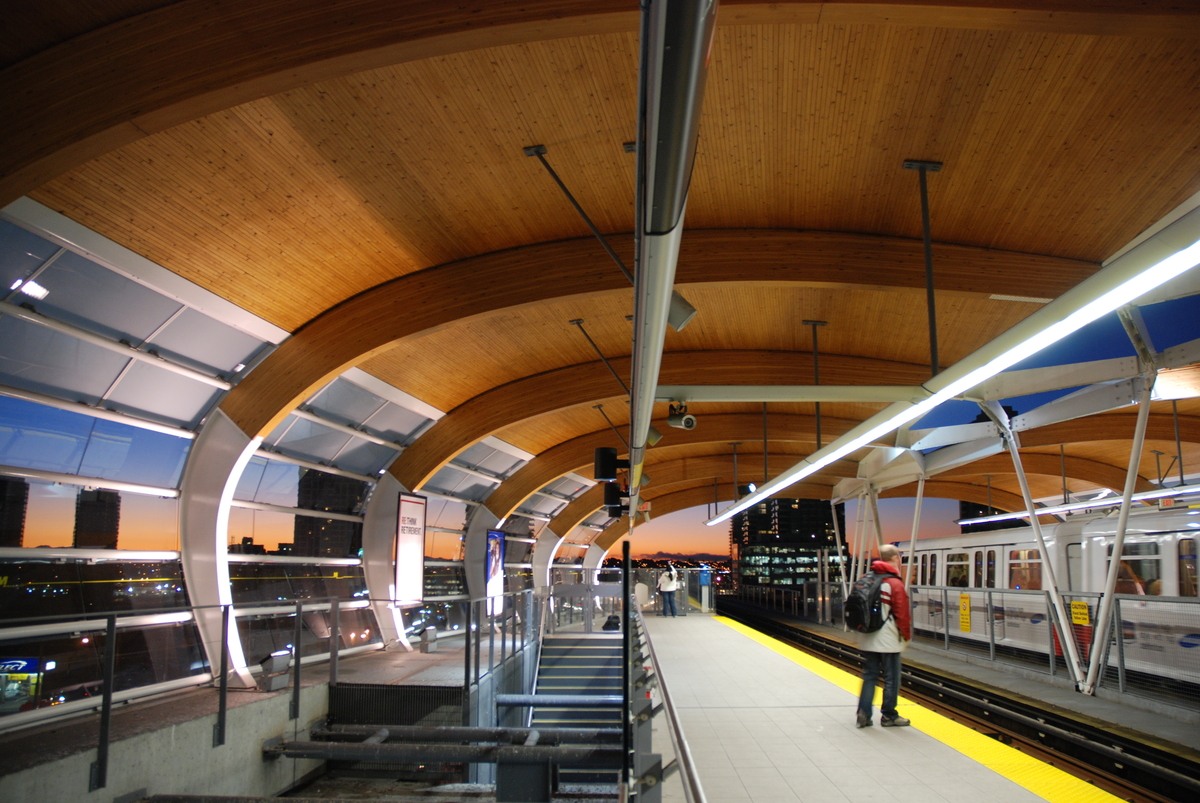
Widely used in Canada for more than half a century, glulam’s fire safety is well-established through its extensive use and testing. Glulam is permitted and is safe to be exposed, as its large mass provides inherent resistance to fire. Like other mass timber products, glulam naturally resists fire because it chars. In the event of a fire, this char on the outside forms a protective layer while retaining strength. This slows combustion significantly, allowing time to evacuate the building safely.
Research on the fire resistance of glulam continues, with a focus on tall wood construction using glulam products.
Surrey Memorial Hospital Emergency Department and Critical Care Tower | Photo credit: Ed White Photographics, courtesy of CEI Architecture and Parkin Architects

From pools and supermarkets to schools and high-rises, glulam has been used in a wide variety of B.C. buildings for decades, continuing to endure, perform and look great. From long-spanning to tall and towering structures, explore the growing number of projects in B.C. using this strong, light wood product that has stood the test of time.
Percy Norman Pool at Hillcrest Aquatic Centre | Photo credit: KK Law
At less than 10 per cent the weight of steel and one-fifth the weight of concrete, using glulam offers increased efficiencies in transportation, smaller carbon footprint and a lighter-weight structure with comparable strength. Compared to concrete, glulam structures can be installed in a shorter time, all-year-round taking advantage of prefabrication. Glulam can be used in place of structural steel, offering two times the strength to weight ratio.
Brock Commons Tallwood House | Photo credit: Tim Herron

With the province of British Columbia recognized as a global leader in sustainable forest management, you can specify B.C. forest products with confidence. Connect with suppliers of glulam today.
Radium Hot Springs Community Hall and Library | Photo credit: Dave Best
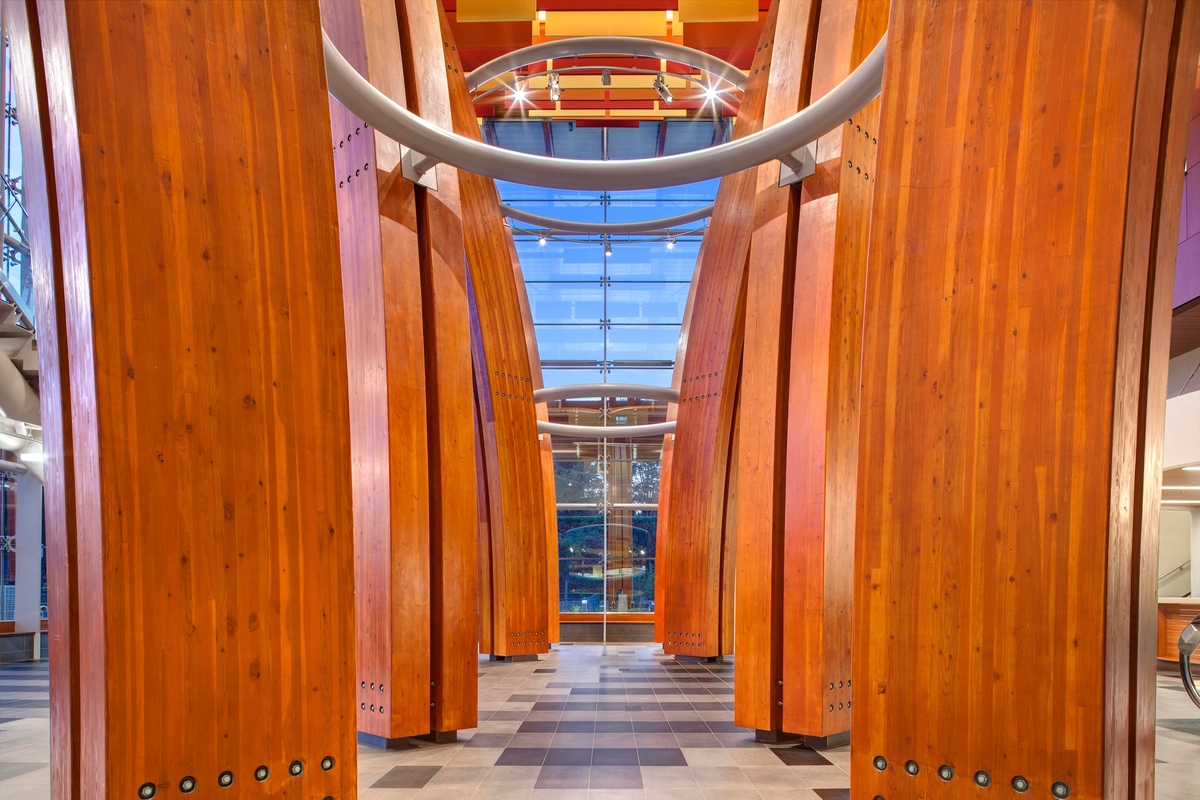
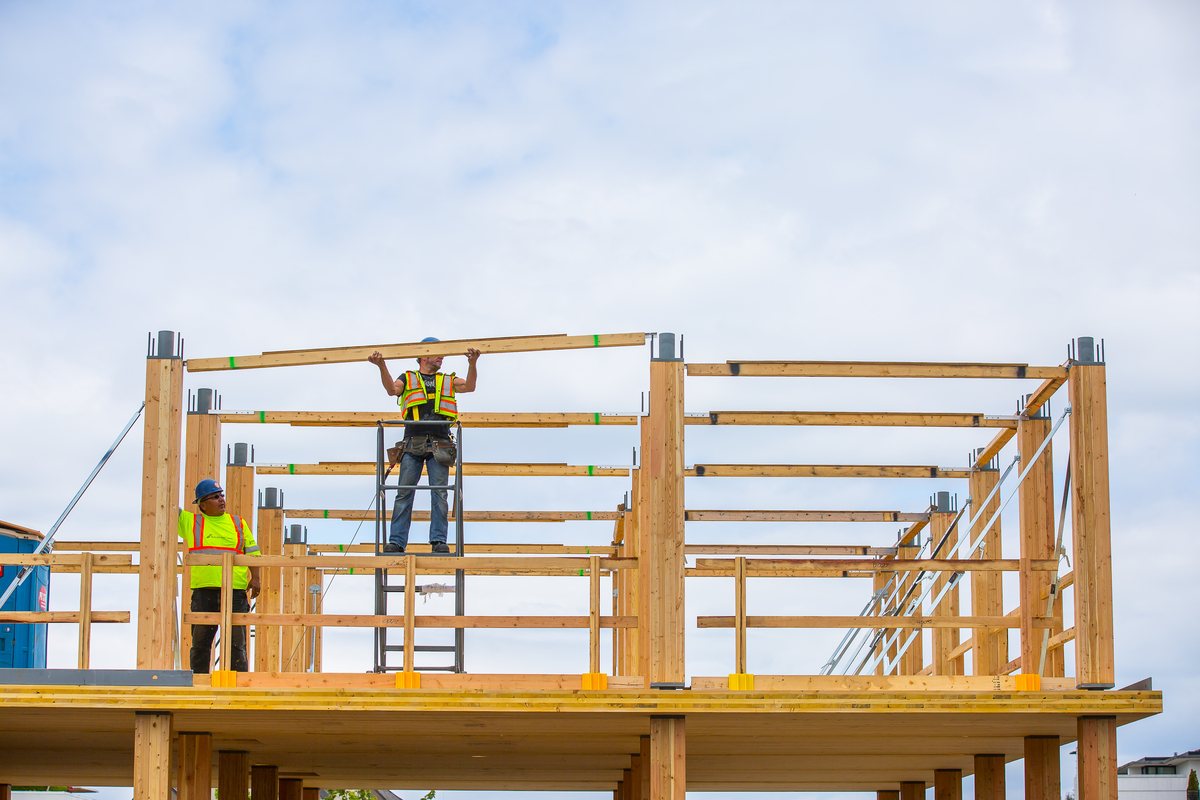
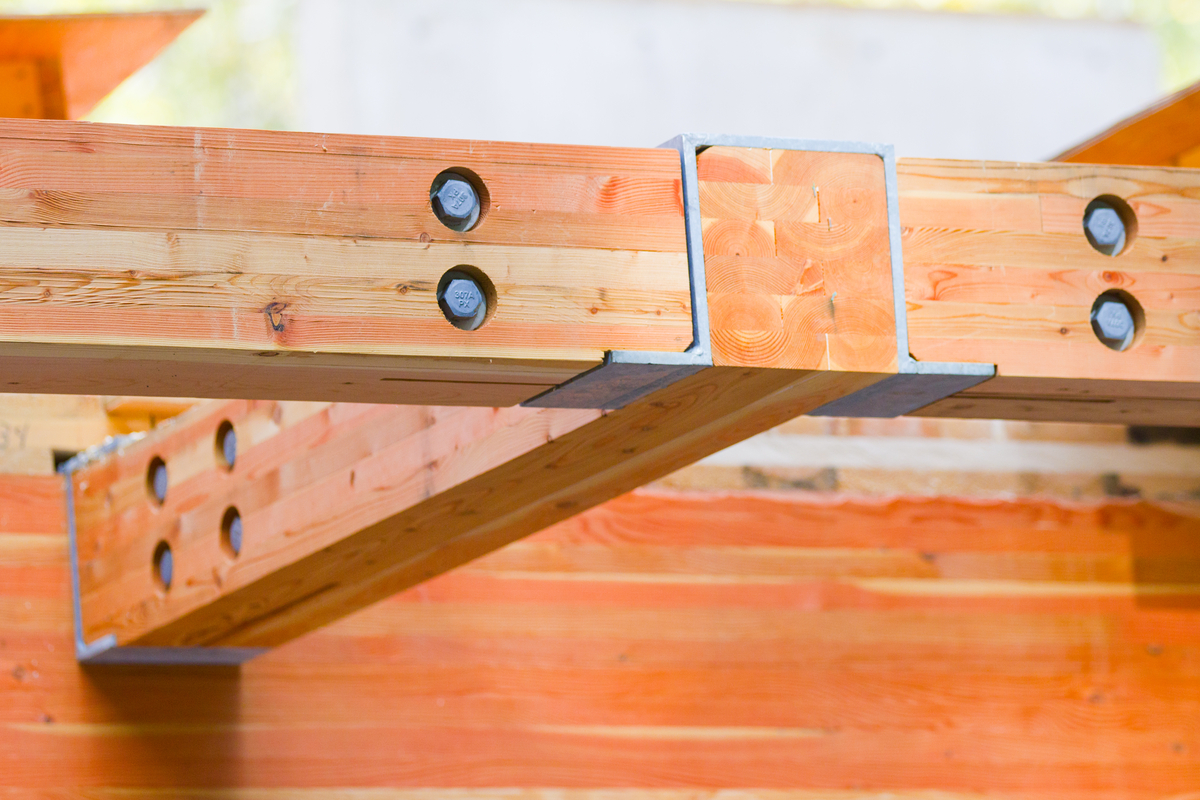
Subscribe for the latest wood projects, developments, tools and research.